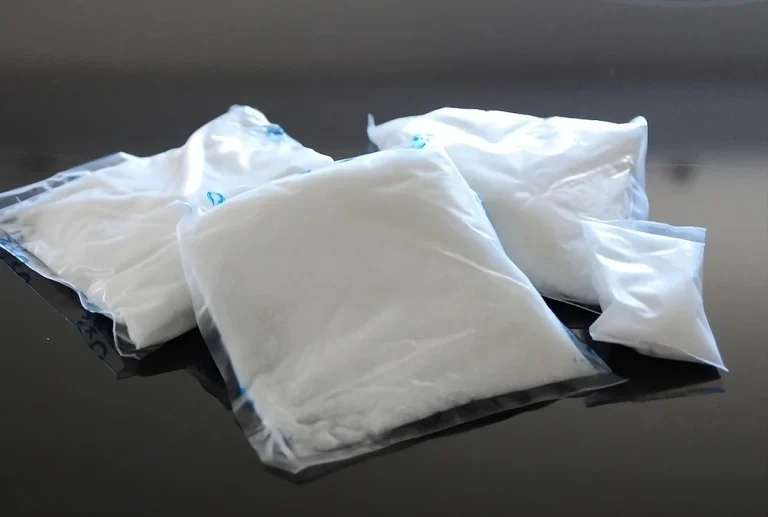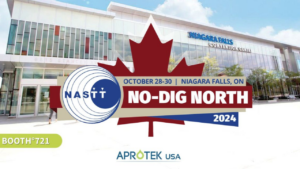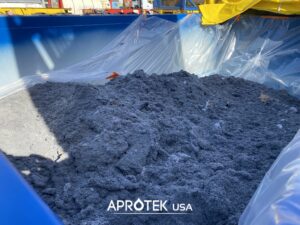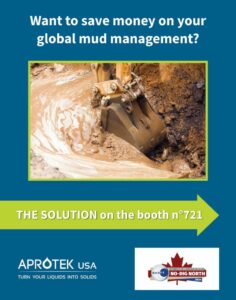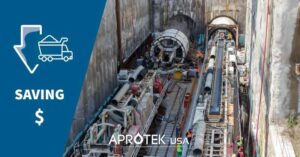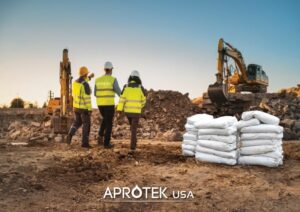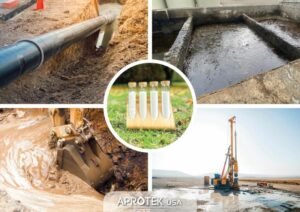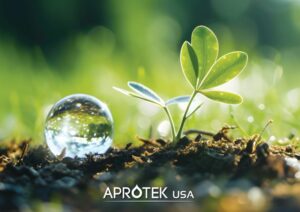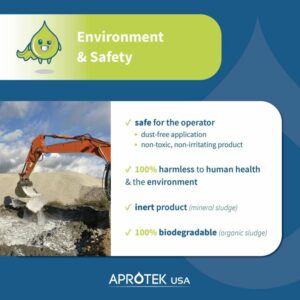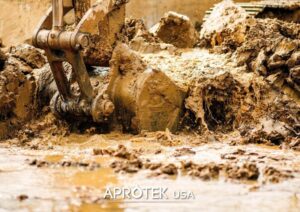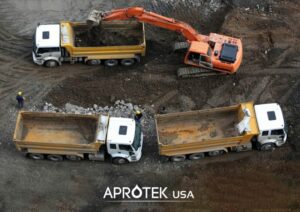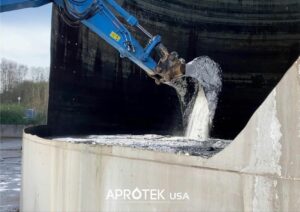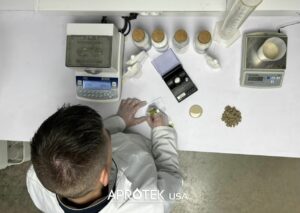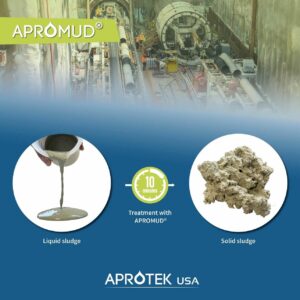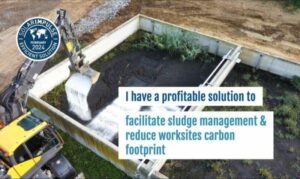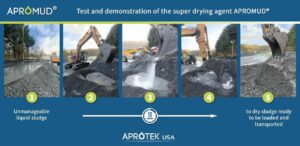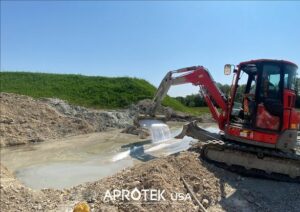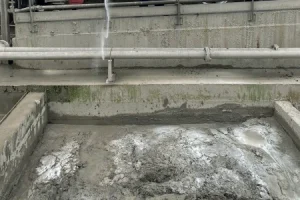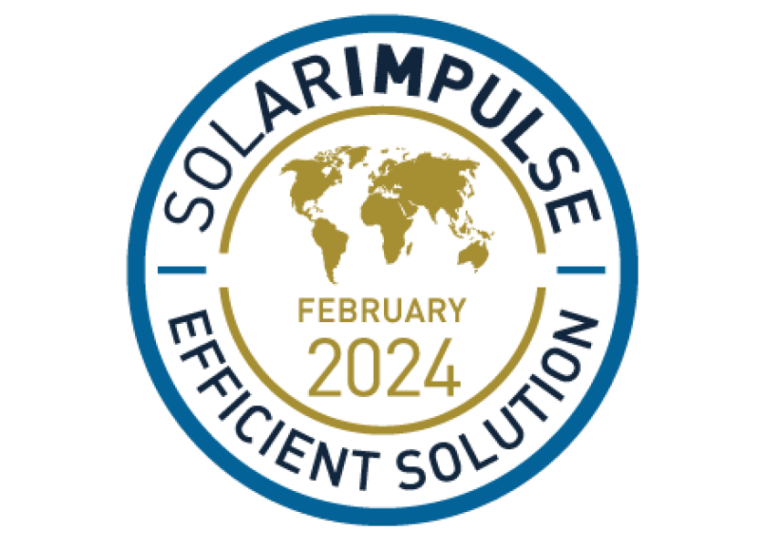Unlocking the Potential of Superabsorbent Polymers in Liquid Waste Management
Superabsorbent polymers (SAPs) have transformed the way we deal with liquid waste, offering a revolutionary solution to a pressing problem. With their exceptional absorbency, SAPs can absorb and retain vast amounts of liquid, making them the preferred choice for various industries, including agriculture, healthcare, and environmental management.
SAPs work by creating a gel-like substance when they come into contact with liquid, effectively trapping the liquid within their structure. This unique capability has made SAPs highly valuable in applications such as diapers, adult incontinence products, and feminine hygiene items, where moisture management is crucial.
Beyond personal care products, SAPs also play a significant role in waste management and environmental conservation. By utilizing SAPs in products like absorbent mats and spill containment materials, industries can efficiently manage liquid waste, preventing contamination and damage to the environment.
The versatility and effectiveness of SAPs have made them an indispensable tool in numerous industries. As technology advances and the demand for sustainable solutions increases, SAPs will continue to play a pivotal role in revolutionizing liquid waste management.
Understanding the properties of superabsorbent polymers
Superabsorbent polymers possess remarkable properties that make them ideal for liquid waste management. These polymers are typically cross-linked structures that can absorb and retain water or aqueous solutions several times their weight. The cross-linking creates a network of spaces within the polymer structure, allowing it to hold a significant amount of liquid.
One of the key properties of SAPs is their ability to form a gel-like substance when in contact with liquid. This gel formation is due to the osmotic pressure created by the polymer chains. As the liquid enters the polymer structure, the polymer chains swell and become entangled, resulting in the formation of a gel that traps the liquid inside.
The absorbency of SAPs is influenced by various factors, including the degree of cross-linking, the size and shape of the polymer particles, and the nature of the liquid being absorbed. Manufacturers can tailor the properties of SAPs to meet specific requirements by adjusting these factors.
Applications of superabsorbent polymers in various industries
The exceptional absorbency of SAPs has led to their widespread use in various industries. In the personal care sector, SAPs are a crucial component of products such as diapers, adult incontinence pads, and feminine hygiene items. These products rely on SAPs to efficiently manage moisture and prevent leakage, providing comfort and convenience to users.
In agriculture, SAPs are used to improve water management and enhance crop growth. By incorporating SAPs into the soil or irrigation systems, farmers can reduce water consumption and improve water retention in the root zone. SAPs also help prevent soil erosion and nutrient leaching, leading to improved crop yields and reduced environmental impact.
The healthcare industry also benefits from the use of SAPs in wound dressings and medical devices. SAP-based dressings provide an optimal environment for wound healing by absorbing excess fluid, maintaining moisture balance, and promoting the removal of necrotic tissue. Additionally, SAPs can be used in controlled-release drug delivery systems, ensuring a sustained release of medication over time.
The environmental benefits of using superabsorbent polymers
The use of SAPs in liquid waste management offers significant environmental benefits. By effectively containing and absorbing liquid waste, SAP-based products minimize the risk of contamination and pollution. For example, absorbent mats containing SAPs can quickly and efficiently absorb spills, preventing the spread of hazardous substances and reducing the potential for environmental harm.
SAPs also contribute to water conservation efforts by improving water retention in various applications. In agriculture, using SAPs reduces the need for excessive irrigation, resulting in water savings and decreased strain on water resources. Additionally, by preventing nutrient leaching, SAPs help minimize the environmental impact of agricultural practices.
Furthermore, the use of SAPs in personal care products reduces the consumption of natural resources, such as wood pulp and cotton, which are traditionally used in absorbent materials. Replacing these resources with SAPs minimizes the demand for deforestation and intensive farming practices, promoting sustainability and conservation.
How superabsorbent polymers revolutionize liquid waste management
Superabsorbent polymers have revolutionized liquid waste management by providing efficient and sustainable solutions. Their exceptional absorbency and moisture retention capabilities allow for the effective containment and immobilization of liquid waste, minimizing the risk of leakage and contamination.
In waste management applications, SAPs are used in products such as absorbent mats, spill containment materials, and absorbent socks. These products absorb and retain liquids, providing a safe and clean environment for workers and preventing the spread of hazardous substances. SAP-based solutions are particularly effective in industrial settings where liquid waste disposal is a constant challenge.
Additionally, SAPs have been instrumental in the development of advanced wastewater treatment systems. By incorporating SAPs into filtration and separation processes, the efficiency of wastewater treatment can be significantly improved. SAPs can selectively absorb contaminants, such as heavy metals and organic pollutants, allowing easier and more effective removal.
The versatility of SAPs in liquid waste management makes them an invaluable tool for industries seeking sustainable and efficient solutions. As technology advances, the potential applications of SAPs in waste management are likely to expand, further revolutionizing how we handle liquid waste.
Case studies showcasing the effectiveness of superabsorbent polymers
Numerous case studies have demonstrated the effectiveness of superabsorbent polymers in various real-world scenarios. In the oil and gas industry, for example, SAP-based spill containment materials have been successfully used to manage and control spills during drilling and transportation operations. These materials quickly absorb the spilled oil, preventing environmental contamination and reducing cleanup costs.
In agriculture, the use of SAPs in irrigation systems has led to significant water savings and improved crop yields. Studies have shown that incorporating SAPs into the soil can reduce water consumption by up to 50% while maintaining optimal moisture levels for plant growth. This conserves water resources and increases agricultural productivity in water-scarce regions.
The effectiveness of SAPs in wound management has also been extensively researched. Clinical studies have shown that SAP-based dressings accelerate wound healing, reduce the risk of infection, and improve patient comfort. These dressings effectively manage exudate, maintaining a moist wound environment that promotes tissue regeneration and reduces scarring.
Challenges and limitations of using superabsorbent polymers
While superabsorbent polymers offer numerous advantages but also have specific challenges and constraints. One of the main concerns is the potential environmental impact of SAPs when disposed of improperly. Although SAPs are generally considered safe for use, their long-term effects on ecosystems and wildlife remain a subject of ongoing research.
Another challenge is the cost associated with SAP-based products. The production of SAPs involves complex manufacturing processes and requires specialized equipment, which can drive up the cost of the final product. However, as demand for SAPs continues to grow, advancements in manufacturing technology are expected to reduce production costs and make SAP-based solutions more accessible.
Furthermore, the performance of SAPs can be influenced by environmental conditions, such as temperature and pH. Extreme temperatures can affect the integrity of the polymer structure, reducing its absorbency. Similarly, highly acidic or alkaline environments can alter the properties of SAPs, rendering them less effective.
Innovations and future developments in superabsorbent polymers
The field of superabsorbent polymers is constantly evolving, with ongoing research and development efforts focused on enhancing their properties and expanding their applications. Innovations in polymer chemistry and material science are driving the development of SAPs with improved absorbency, biodegradability, and environmental compatibility.
Researchers are exploring the use of natural and renewable resources as alternatives to the synthetic polymers currently used in SAPs. Biopolymers derived from plant sources, such as starch and cellulose, show promise as environmentally friendly alternatives. These biodegradable SAPs offer the potential for reduced environmental impact and improved sustainability.
Advancements in nanotechnology are also contributing to the development of next-generation SAPs. Nanostructured SAPs with enhanced surface area and porosity exhibit superior absorbency and mechanical strength. These nanocomposite SAPs have the potential to revolutionize liquid waste management by providing even higher performance and efficiency.
In addition to material innovations, integrating smart technologies into SAP-based products is being explored. Sensors and monitoring systems can be incorporated into SAPs to provide real-time feedback on moisture levels, contamination, and other relevant parameters. This integration of technology enables proactive and data-driven waste management practices.
Safety considerations when using superabsorbent polymers
When using superabsorbent polymers, it is important to consider safety aspects to ensure the well-being of both users and the environment. Manufacturers must adhere to strict regulations and quality standards to guarantee the safety and efficacy of SAP-based products.
For personal care products, it is crucial to ensure that SAPs used in diapers, incontinence pads, and feminine hygiene items are non-toxic and hypoallergenic. Extensive testing and certification processes are in place to ensure that these products meet stringent safety requirements and do not cause any adverse reactions.
In industrial applications, proper training and handling procedures must be followed to minimize risks associated with SAP-based spill containment materials. Workers should be educated on the correct usage and disposal methods to prevent accidents and environmental contamination.
Furthermore, it is essential to consider the end-of-life management of SAP-based products. Recycling and proper disposal methods should be implemented to prevent the accumulation of SAPs in landfills or their release into the environment. Biodegradable SAPs offer a promising solution, as they can break down naturally without causing long-term environmental harm.
Conclusion: The future of superabsorbent polymers in liquid waste management
Superabsorbent polymers have revolutionized how we handle liquid waste, offering efficient and sustainable solutions across various industries. Their exceptional absorbency and moisture retention capabilities make them indispensable in personal care products, agriculture, healthcare, waste management, and environmental conservation.
As research and development efforts continue, superabsorbent polymers are expected to further advance, addressing current challenges and expanding their applications. Innovations in material science, nanotechnology, and smart technologies will drive the development of next-generation SAPs with enhanced properties and performance.
The future of superabsorbent polymers in liquid waste management looks promising. With their ability to revolutionize how we manage liquid waste, SAPs will continue to play a pivotal role in promoting sustainability, protecting the environment, and improving the quality of life for individuals and communities worldwide.
Questions?
Ready to explore the innovative solutions Aprotek USA offers in superabsorbent polymers? We’re here to assist you on your journey to more efficient practices. Feel free to reach out to me if you have questions, need personalized advice, or are interested in our products. Contact Aprotek USA today at 916-250-7216 or send us a message. We look forward to hearing from you and helping you find the perfect liquid waste solutions for your needs.
